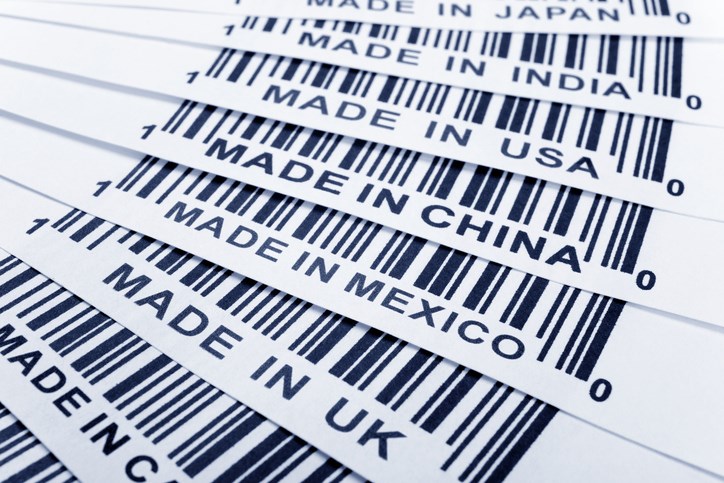China is a manufacturing powerhouse and effectively the world’s factory for much of what we buy and consume daily. Clothes, electronics, appliances, and home goods are the types of products we all purchase every day — often without realizing where they are made.
Increasingly, consumers are looking for an alternative to locally-made products as a way of showing their support for local businesses. The challenge has been how to find these companies amidst the hundreds of thousands of products available at Wal-Mart, Target, and other retailers nationwide.
www.NotMadeInChina.Directory is a website directory listing products across a broad range of categories, covering the items that consumers buy and use every day. Manufacturers provide detail around where their products are made.
“By letting customers browse for products with the full knowledge of where they are made allows consumers to make more informed choices around the countries they want to support with their purchases. We are operating on trust knowing that the power of our community will ensure that manufacturers are highly motivated to ensure proper disclosure around product content,” says founder Michael Paul.
He saw a need for an easier way to identify where products are made.
“I realized that so much of what we are buying comes from abroad.”
NotMadeInChina.Directory came to Michael as an idea for an easy and powerful solution for consumers looking to more thoroughly understand what they are buying and where it comes from.
Local businesses North America-wide are the backbone of our economy and employment. The NotMadeInChina.Directory allows consumers to support these local businesses.
Companies throughout North America and the globe are now able to register and post their product listings on the NotMadeInChina.Directory website’s database. This is a world-wide service.
This is a free listing service and will always be free to businesses and consumers. The NotMadeInChina.Directory is live to manufacturers who are signing up and posting their products now.
“This is a tangible way for consumers to vote with their wallets,” says Paul. “It’s a small yet important effort that we can all get behind.”




